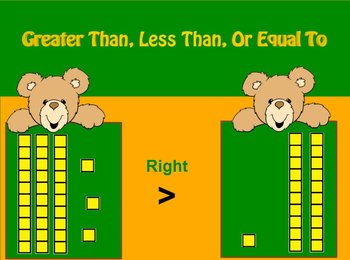
Since we have reached 0, we know we are done. But you could fill the next-smaller box with four items. Step 4: Continue filling the remaining boxes until the remainder is 0, recording a 1 or a 0 as required.įor example, you couldn’t fill a box of size 8 with four items, so write a 0 in that place. In this case, 20 is greater than the next-smaller power of 2 (i.e., 16) so we can fill one box of 16 items as well. What is the next biggest power of 2 (the next-size box) we can use? Step 2: Next, record a 1 in the place of the greatest power less than your number (i.e., the biggest box you can use), and subtract that base ten value from your number.įor example, we can fill one size 32 box from the 52 items, so write a 1 in that place: This box would be too large for 52 items. In our case, we can stop at 2 5 since 2 6 = 64, and 64 is greater than 52. Using the packaging analogy, these will be your new boxes for repackaging. Continue until you reach the place where the next power would be greater than the base ten number you are trying to convert. Step 1: Record the base ten powers of 2 from right to left, starting with 2 0, or 1. So, to convert or repackage a base ten integer such as 52 to base two, first you determine which boxes (groups) would be the most efficient, and then you use the least number of boxes. Note that this process works both ways and for all bases. So, when converting between bases, we are essentially repackaging from using one set of boxes (…1,000, 100, 10, 1, … for base ten) to another (…32, 16, 8, 2, 1, …for base two). Your packages, however, are of different sizes (32, 16, 8, …). Thus, in base ten you would fill all the boxes that can hold 100 before you start filling the boxes that hold only 10 you’d fill the size 10 boxes before the boxes that hold only one and so on. Imagine that you are trying to package a quantity of items in the most efficient way, using the least number of boxes (groups). For example, in the number 234 in base ten, we have 2 hundreds rather than 20 tens.Īn analogy you can use is packaging. When converting numbers from one base to another, it is important to remember that in a positional system, we group quantities into the largest place value possible. Look at what happens to particular place values as you count. Explain the patterns you see, and compare them to our base ten system. For example, the base ten value of the base two number 101110 is: We can also look at a base two number and find its value in base ten. This and other rules about exponents will be explored further in the next part of this session. Here are base two place values, written as base ten numbers: Remember, though, we can only use two digits in this system as face values, the digits 0 and 1, and the place values are powers of 2. We determine the value of digits in a base two number in a similar way. Interpreting numbers in base two works the same way, except that the place value of each digit is some power of 2 instead of 10. Thus, 0.02 and 0.002 are two distinct numbers in the base ten system. However, they have different place values, which is evident from the following: The following two numbers may look similar if we look only at their face values. Similarly, we can consider numbers that are less than 1.

Thus, the value of any number is found by multiplying each face value by its place value and then adding the results.įor example, the value of 234,567 in base ten is In 2,342, there are two 2s (the face values), but each of these 2s has a different place value (1,000 and 1). In order to understand the value of a number, we need to consider both its face values and its place values. The convention we use is that each place value, moving from right to left, represents an increasing power of 10: To interpret numbers in base ten, we must look at each digit and determine the value of that digit according to its place in the number. In base two, for example, we have two digits (0 and 1), and the value of each position in a number is some power of 2. But numbers can also be written in other bases. We refer to this number system as base ten. The number systems we’ve been looking at so far in this course use 10 digits (0 through 9), and the value of each position in a number is some power of 10 (1 10 100 1,000 etc.).


 0 kommentar(er)
0 kommentar(er)
